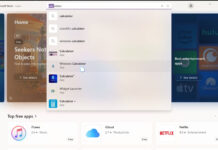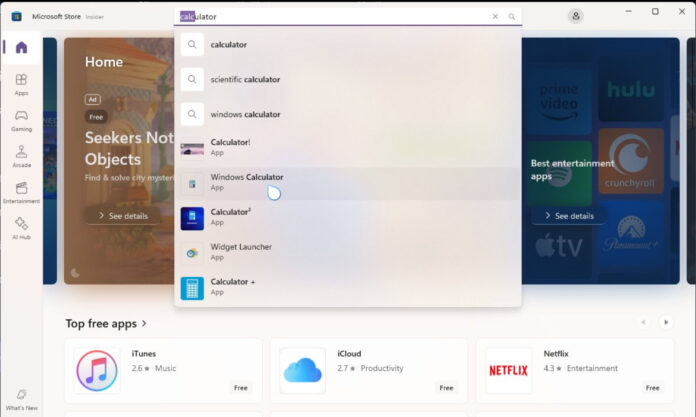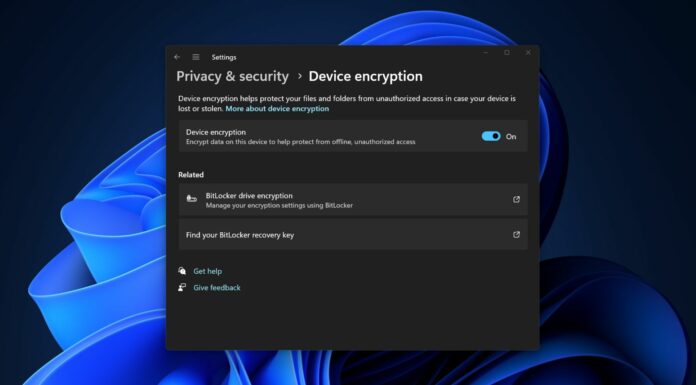2024 is turning out to be the year of AI… at least for tech companies, including Microsoft. The Windows giant is planning to announce “AI Explorer” alongside Snapdragon X Elite-powered Windows 11 AI PCs on May 21, and a leak now points to a new cursor designed specifically for AI actions.
AI Explorer, which has nothing to do with File Explorer, is a new feature that relies on 45 TOPs-capable NPU chips to log everything you do, see, and use on your Windows 11 PC. This includes the apps you open, websites you visit, emails you read, documents you edit, and presentations you create in PowerPoint.
It’s all captured by Windows 11’s AI Explorer, and stored locally, which is why it requires PCs with powerful NPUs. So, how does the feature work? According to references in the preview builds, AI Explorer can understand what’s on your screen, suggest actions, and make all your activities ‘searchable.’
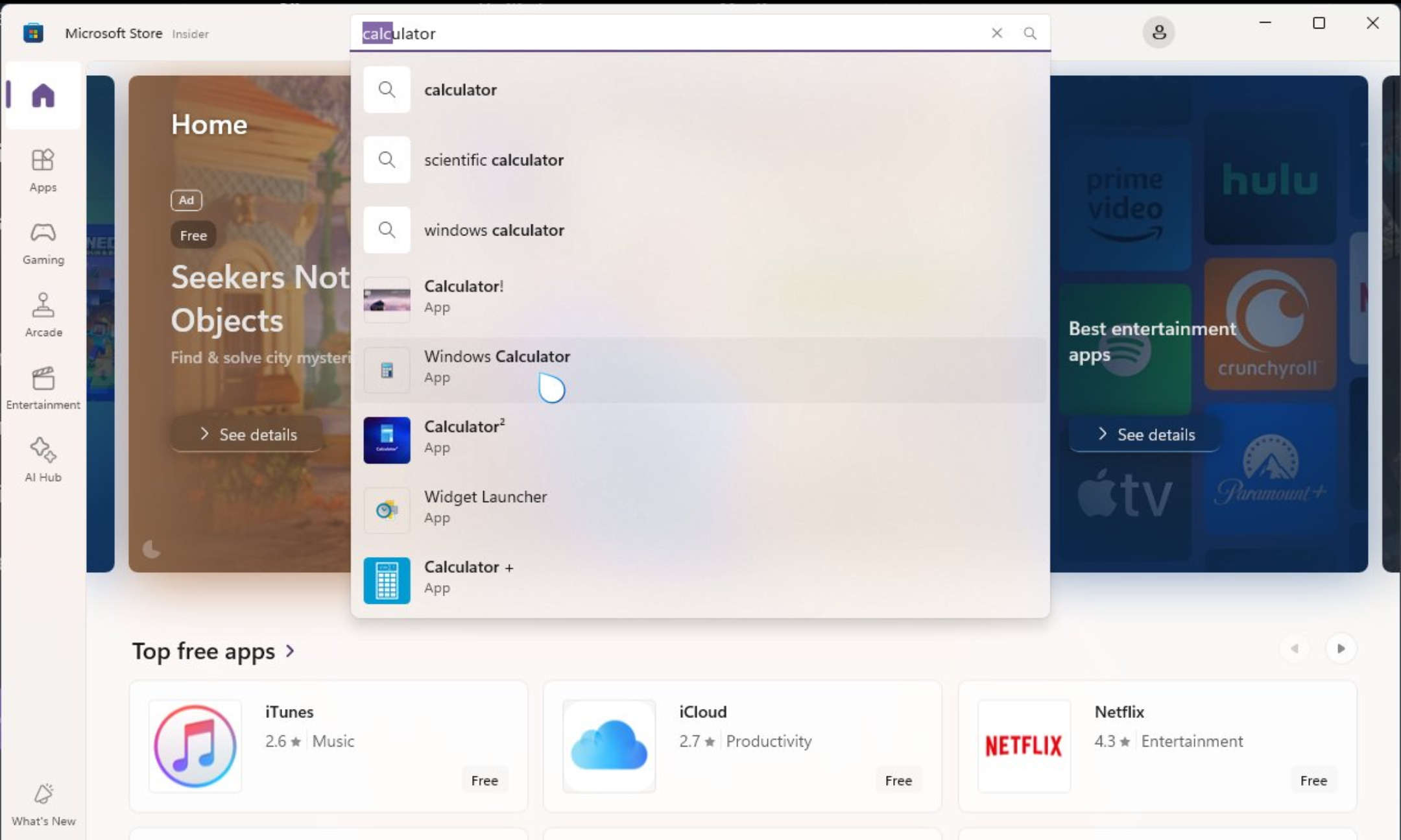
AI Explorer, which is context-friendly, shows up at the top of the screen when it is turned on.
According to a new .dll file spotted by Microsoft watcher Albacore on X, Microsoft is also working on a few new cursors for AI Explorer, but we don’t know how and where these cursors will be used.
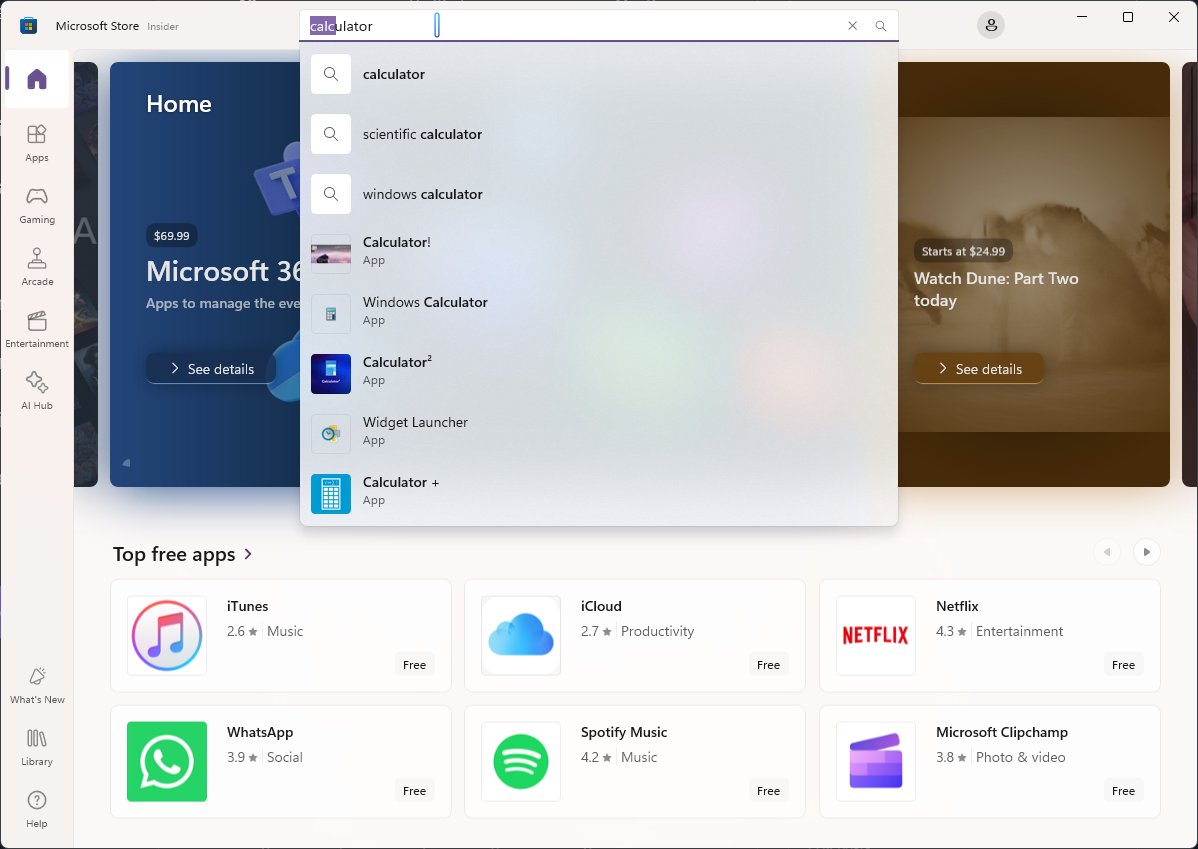
The cursor has been spotted in AIX (AI Explorer) DLLs and it may be just a mockup for the demo. At the same time, it is also possible AI cursor could pop-up when you try to interact with your scren using AI Explorer.
AI cursor isn’t a new concept
The idea of the AI cursor isn’t entirely new in Microsoft’s ecosystem.
According to a document found by Windows Latest, Microsoft has an Office project codenamed “Sophia,” which comes with an AI cursor.
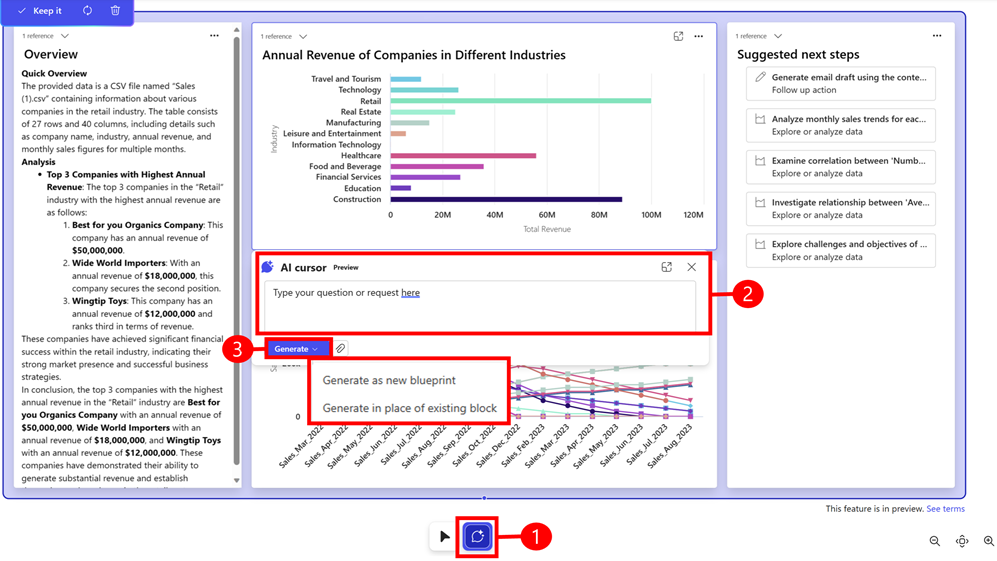
As shown in the above screenshot spotted by Windows Latest, Office AI cursor shows up only when you use the Alt + C keyboard shortcut. This cursor allows you to interact with the data that’s on your screen, including texts generated by a large language model.
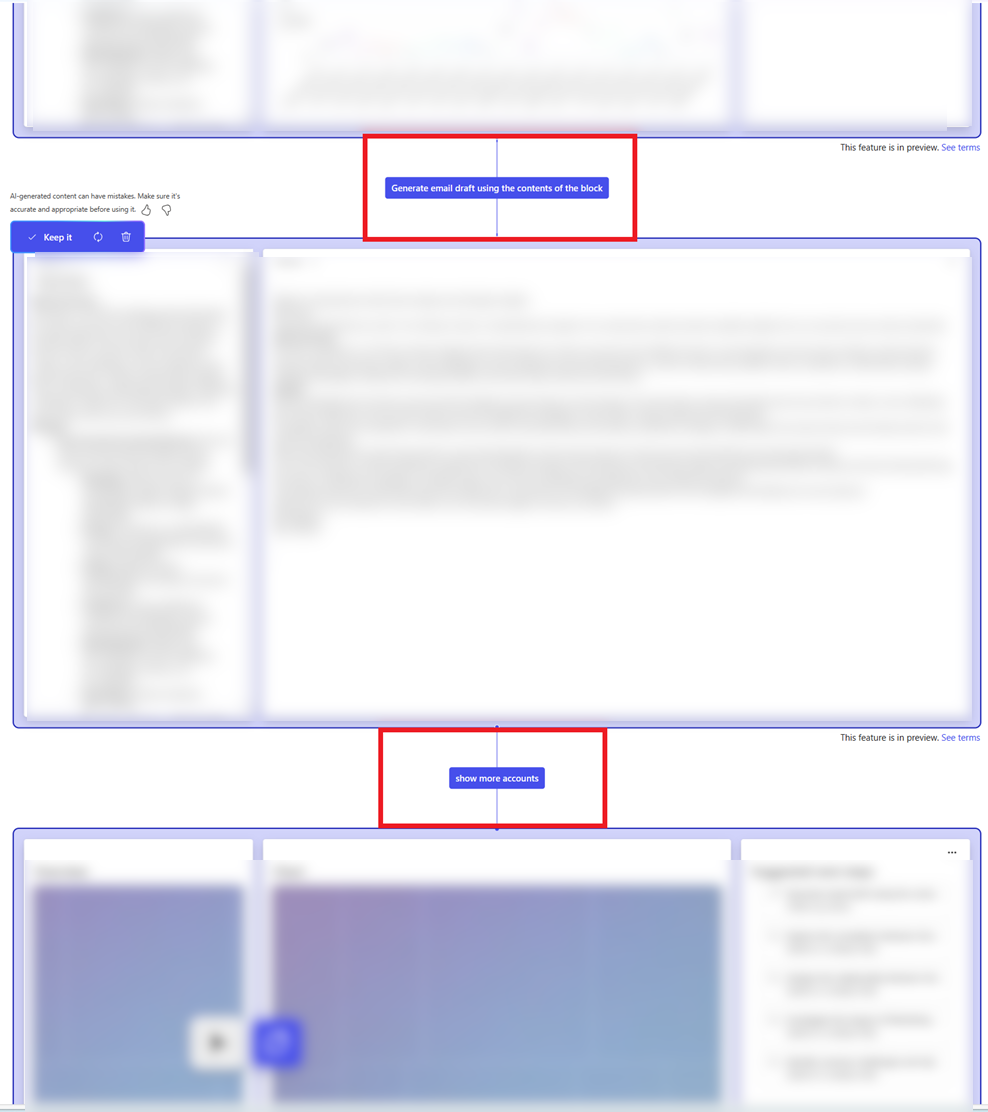
Office AI Cursor makes it easy to ask follow-up questions without accidentally opening other features. For example, when you’re using the Office Sophia AI project, you can press Alt + C to open the “AI cursor,” then select an area on the screen (content) and ask a question.
This also works in an empty space where you can use AI cursor to create a blue print, document, content, images, and more.
“The AI cursor provides a way for you to interact with the data that’s generated or ask a new question. It responds to natural language commands and provides contextual recommendations as you navigate the content,” Microsoft explained how the AI cursor could work in Office.
AI Cursor in Office is a concept for a now, but it shows that the tech giant has been exploring new cursor ideas for AI.
I don’t know if Microsoft is also working on a AI cursor for AI Explorer in Windows 11, but I wouldn’t be surprised if the tech giant unveils a new way to interact with specific regions of the screen using AI.
The concept of AI Explorer is interesting because it makes everything you do on your PC “searchable.” For example, if you read an article about a pizza recipe several weeks ago but can’t remember where, which browser, email, or app, you can use AI Explorer to find the details.
Similarly, AI Explorer will integrate with other Microsoft services like Teams, allowing you to go back in time and find something interesting from your previous meetings’ transcripts.
While there is a lot of speculation about it above, the whole purpose of AI Explorer is to make everything searchable.
Microsoft is also making this feature exclusive to Snapdragon X Elite PCs with 16GB of RAM, 256GB of SSD storage, and a 45 TOPs NPU chip.



